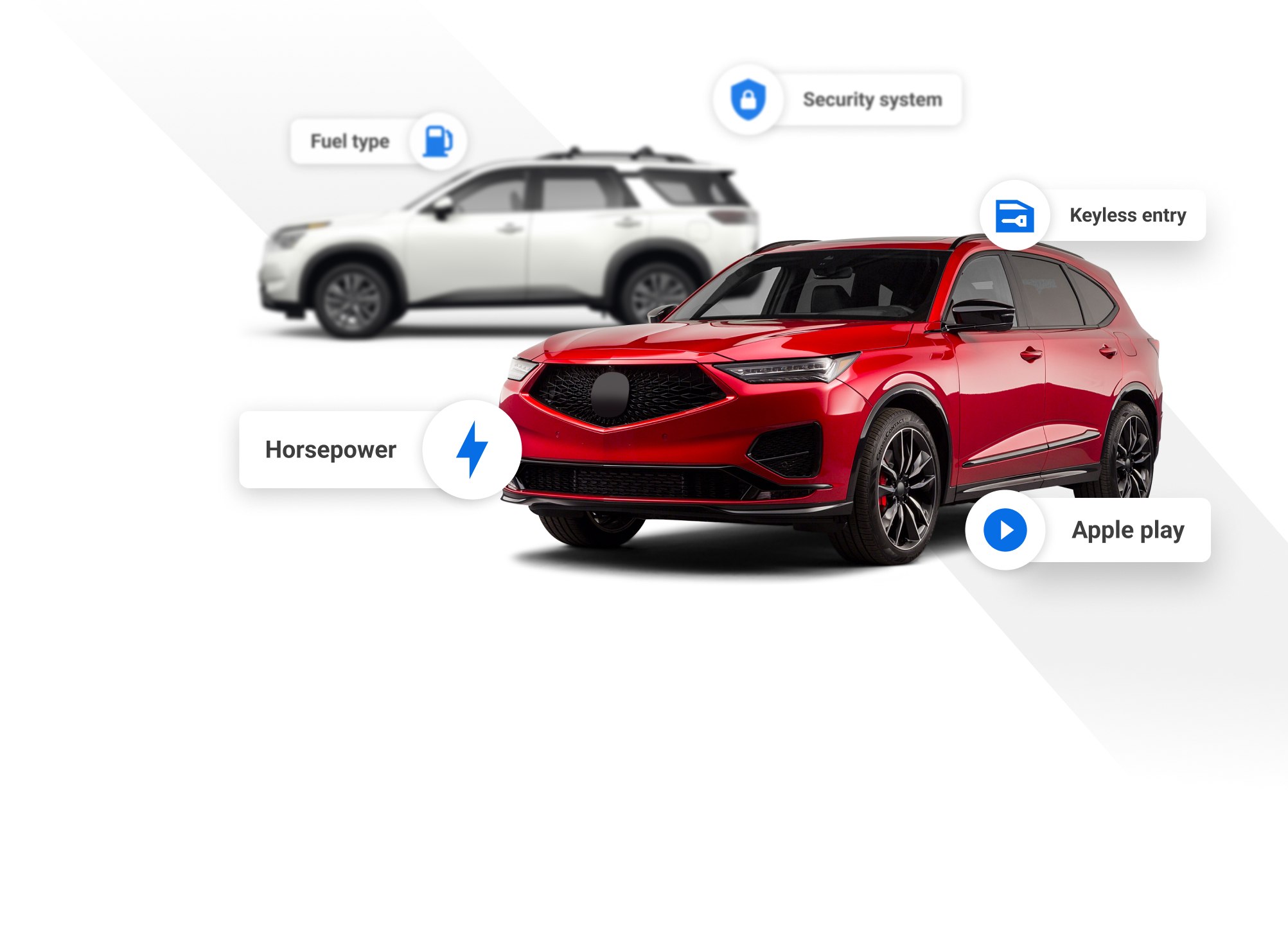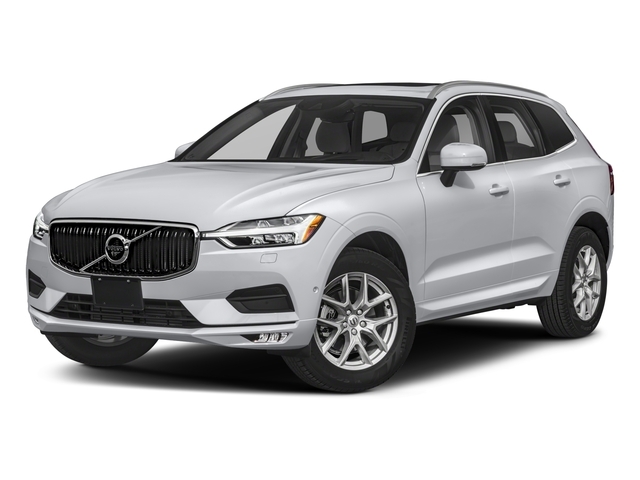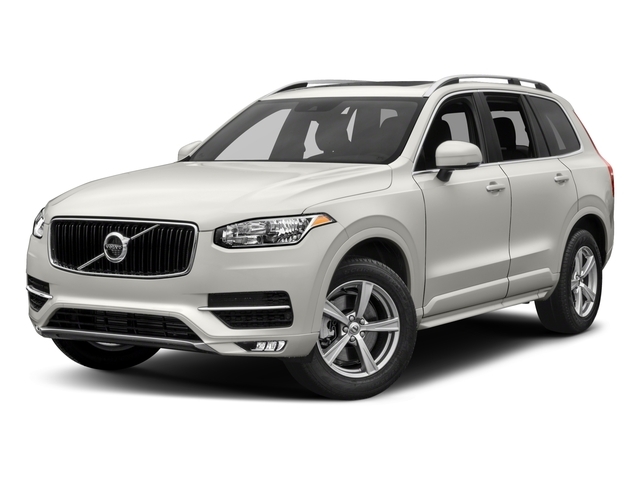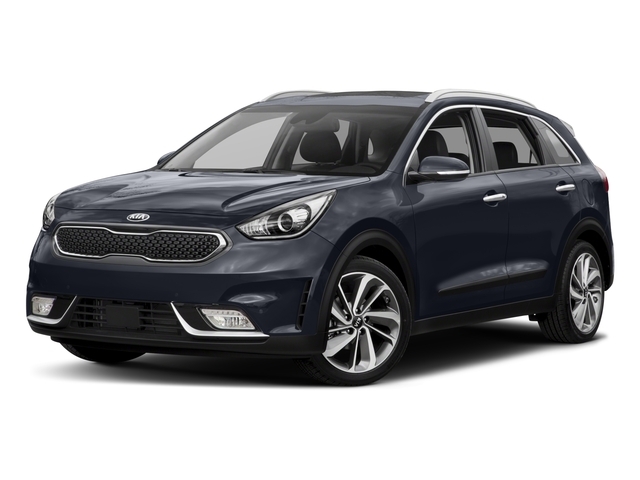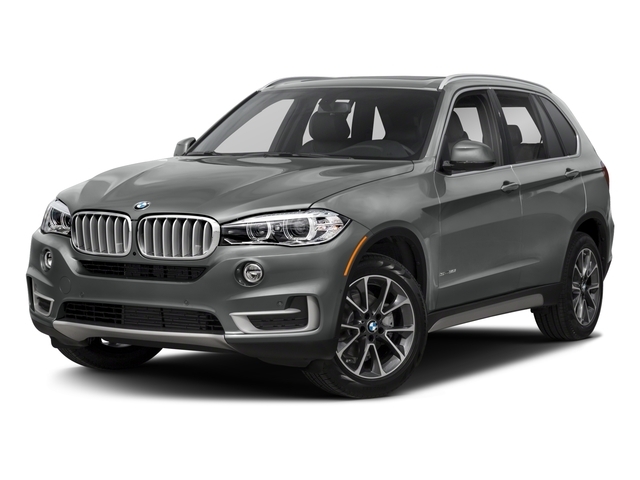
2018 Mitsubishi Outlander PHEV


Key Specifications for 2018 Mitsubishi Outlander PHEV






Buyer’s Guide
Mitsubishi's first new model in a number of years isn't a new model at all, but instead puts a new plug-in hybrid (PHEV) powertrain into the brand's existing Outlander crossover to create -- drum roll, please -- the Outlander PHEV.
This is Mitsu's first PHEV model, and its second plug-in car following the glorified golf cart that is the all-electric i-Miev.
Based on the gasoline Outlander, the PHEV combines a 2.0L four-cylinder engine with two electric motors, one at the front axle and the other at the rear, which are fed by a 12kWh battery. Mitsubishi says the Outlander is the only PHEV available today that will work with DC fast charging, which will get a spent battery to 80 per cent capacity in less than 30 minutes.
The gas engine is good for a modest 117 hp and 137 lb-ft of torque on its own, while the electric motors boost combined system output to 197 hp; Mitsu doesn't list a torque total.
With the Outlander PHEV, Mitsu becomes the purveyor of the market's least expensive plug-in SUV, its closest direct competitors being PHEV variants of the Volvo XC90 and BMW X5. That's a good position for Mitsubishi to be in as it's been a long time since this tiny company has offered anything truly new that bigger mainstream automakers didn't already have.
Standard equipment in the base SE trim includes blind spot warning with rear cross traffic alert, 18-inch wheels, automatic on/off headlights, LED daytime running lights and taillights, heated front seats, power-adjustable driver's seat, faux leather upholstery, dual-zone automatic climate control, passive keyless entry, 7.0-inch infotainment display with Android Auto and Apple CarPlay and a backup camera.
GT trim adds lane departure warning, forward collision mitigation with pedestrian warning, adaptive cruise control, LED fog lights and headlights with automatic high beams, sunroof, power front passenger seat, genuine leather seating, 1,500-watt power inverter, 710-watt stereo with nine speakers and subwoofer and a multi-view exterior camera system.
Fuel consumption estimates are 3.0/3.4 Le/100 km (city/highway) when running on electricity and 9.4/9.0 L/100 km in hybrid mode.
Review & Compare:
Photos


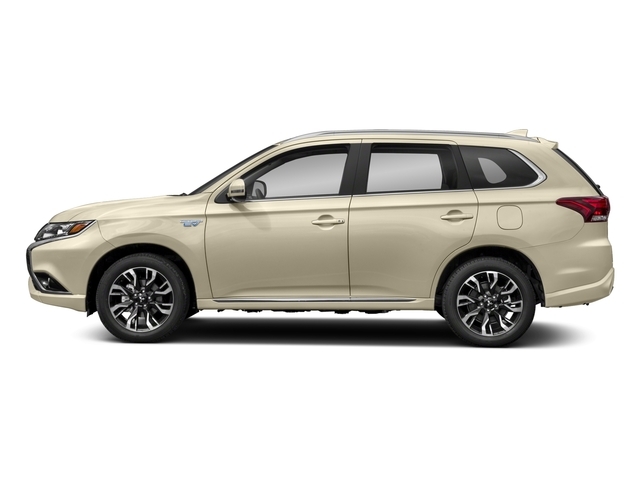
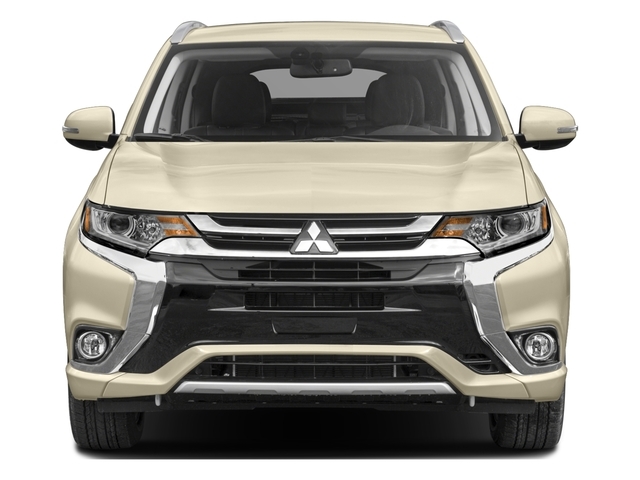
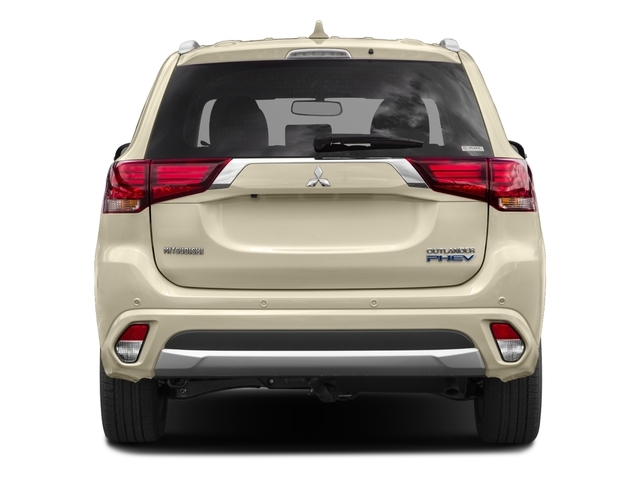
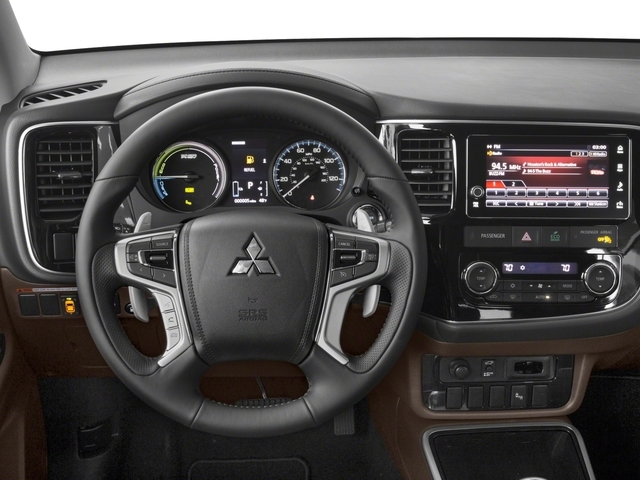

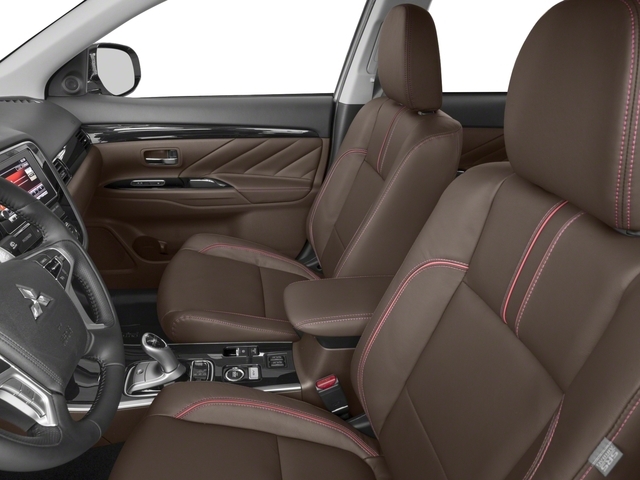


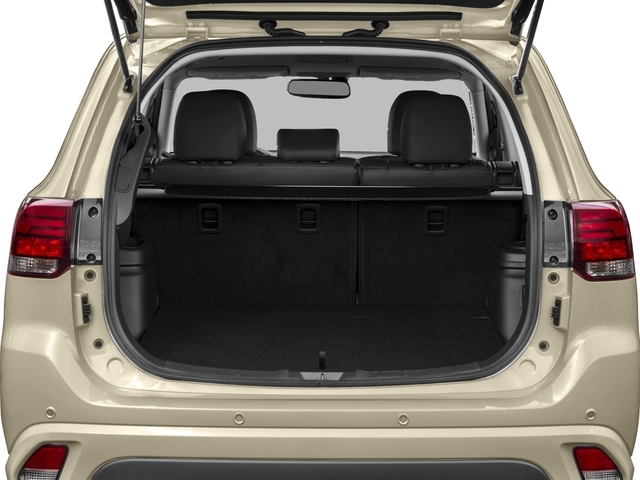
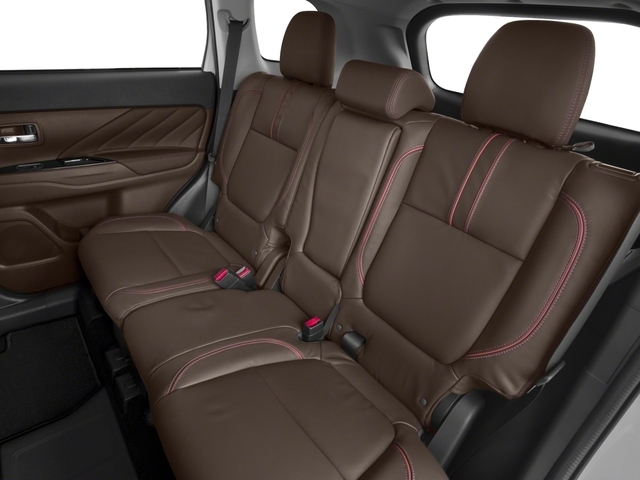

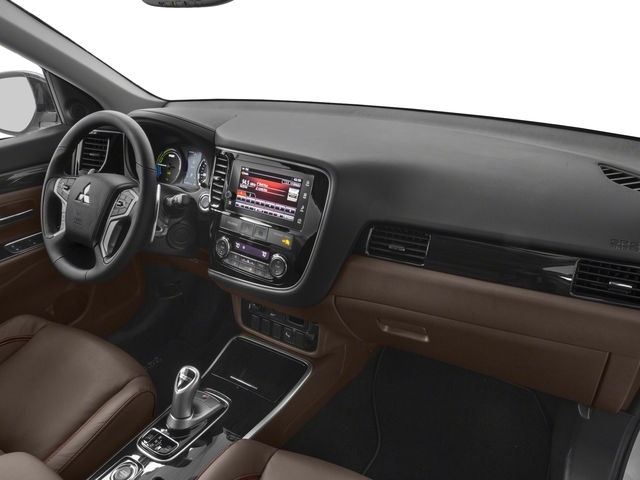

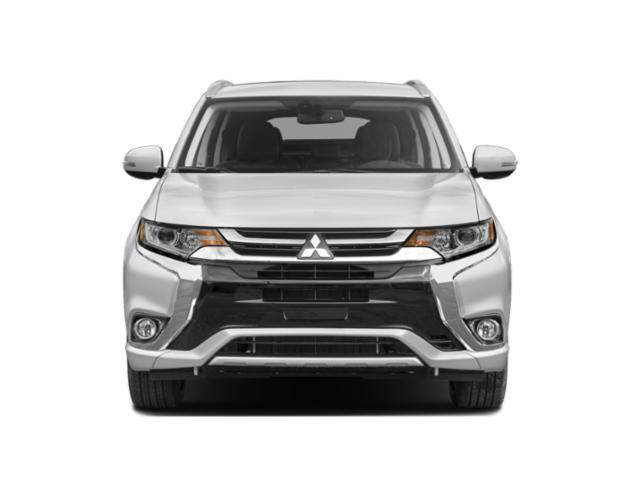
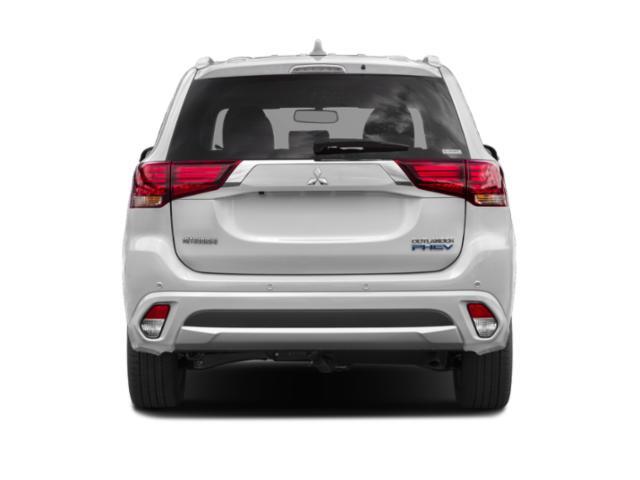
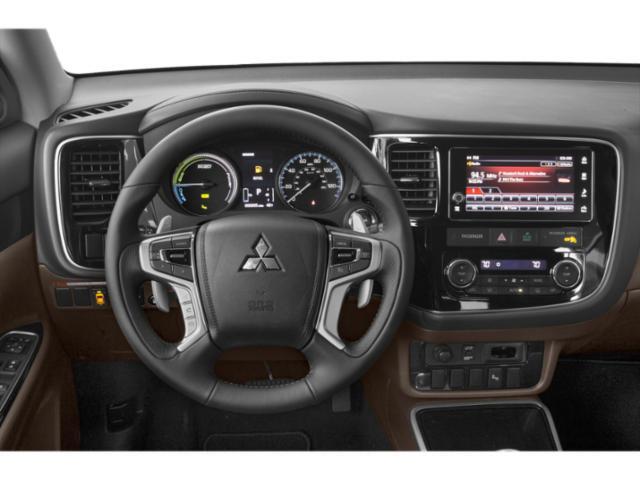
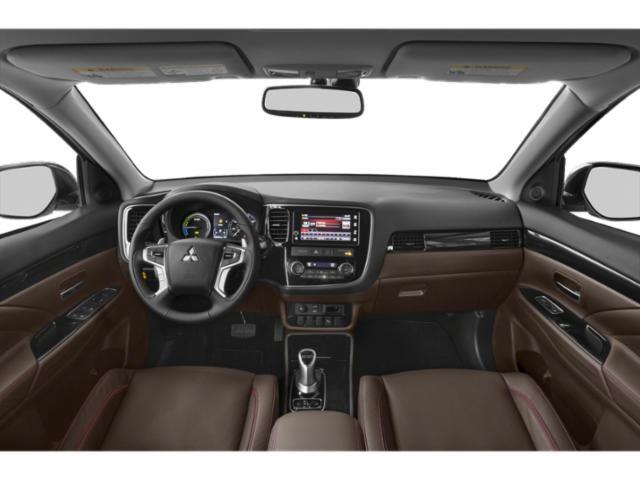
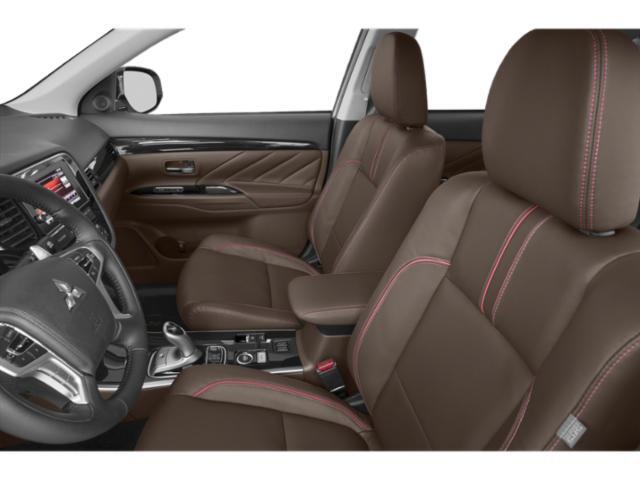
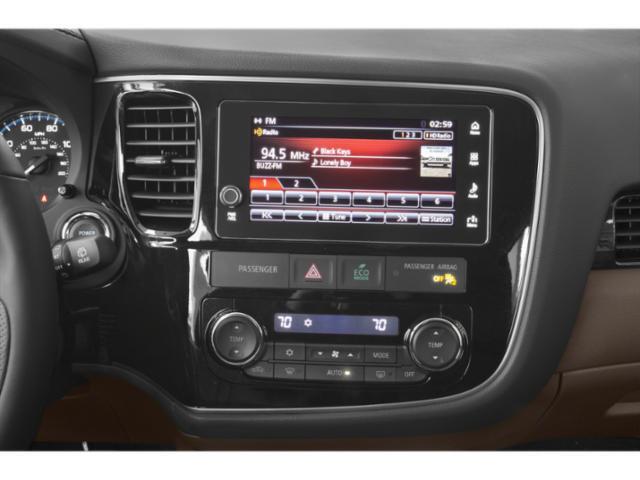
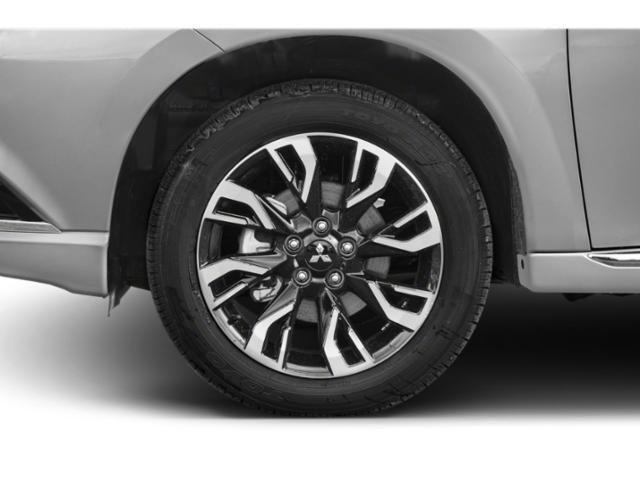

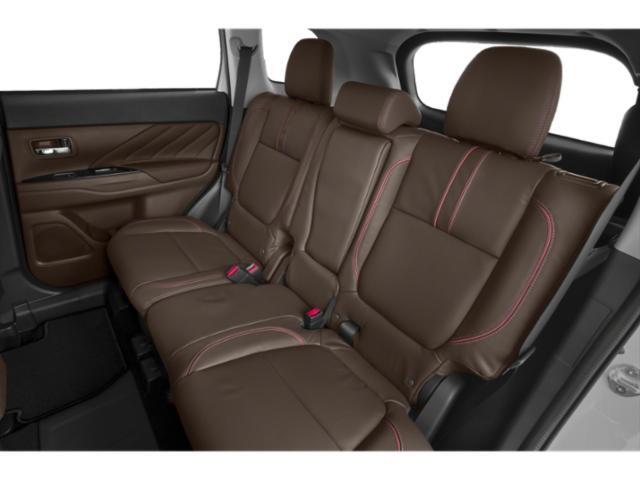
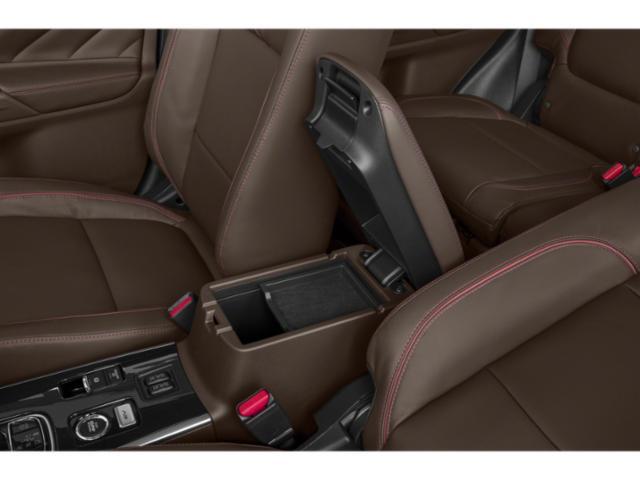
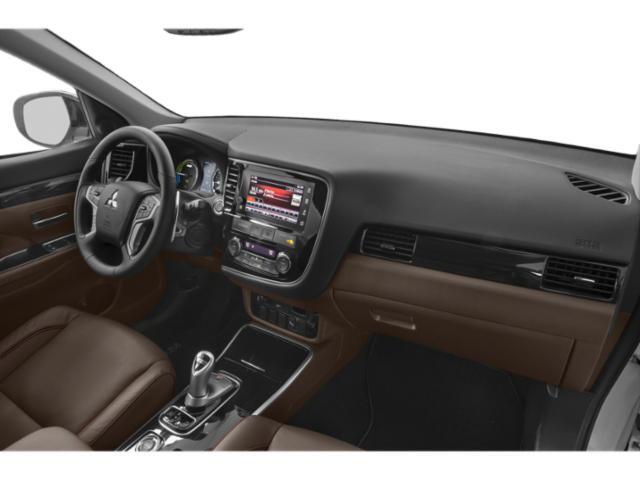


























AutoTrader Review





